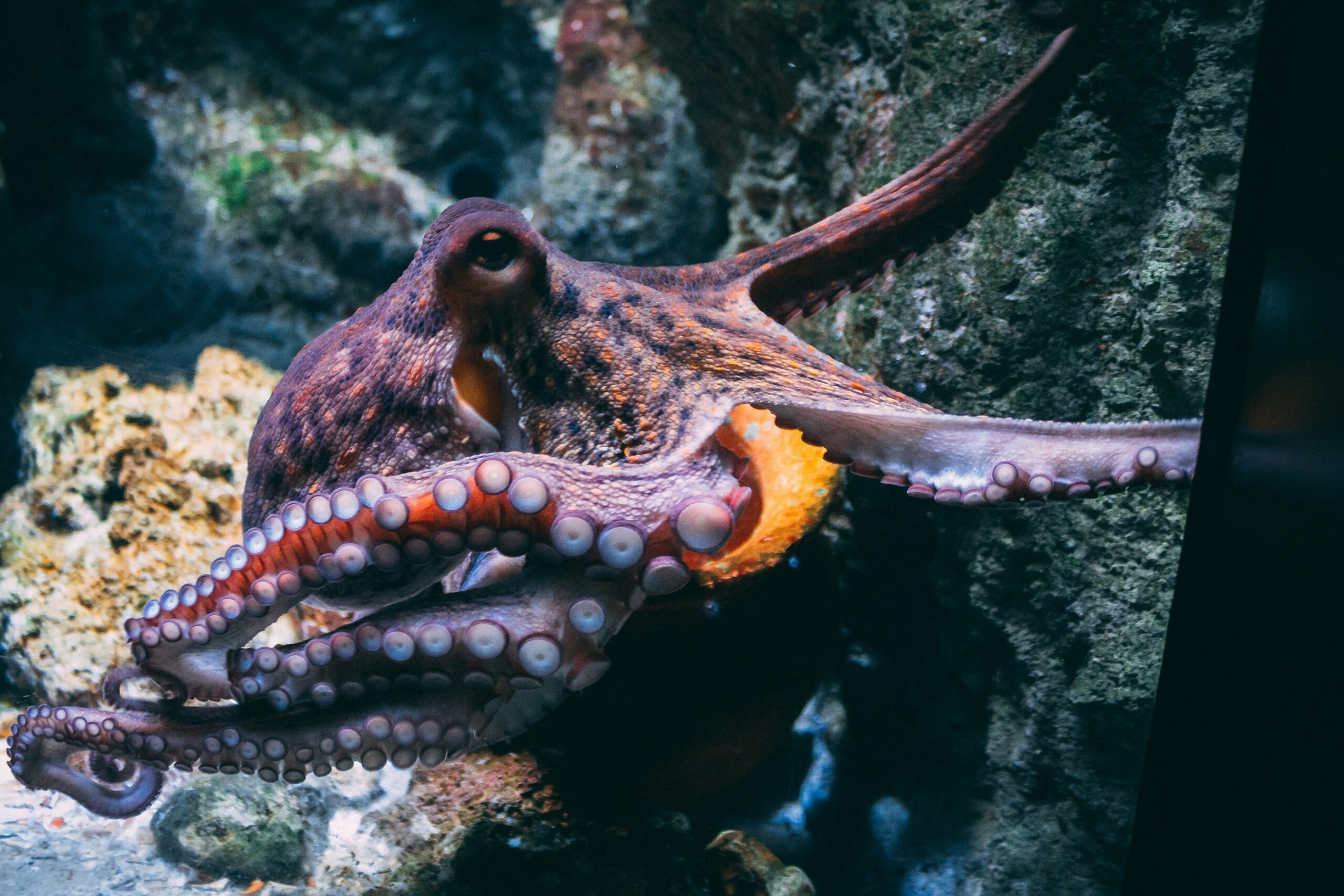
Why Do Octopuses Have Three Hearts?
With blue blood and three hearts, the octopus isn’t built like most creatures. In the depths of the ocean, far from easy conditions, it’s evolved a unique circulatory system perfectly adapted for survival. Nothing about it is random – a brilliant design of nature.
Octopuses are full of surprises. They have eight arms, blue blood, and yes ; three hearts. Sounds strange? It is. But nature doesn’t do random. Every detail has a purpose, and those three hearts are the key to keeping this soft-bodied sea creature alive.
Blue Blood? The main reason behind having 3 hearts
Octopuses don’t use red blood like us. Instead, they use a molecule called hemocyanin, this molecule is copper based unlike ours that is iron based. It is the copper that gives their blood a blue color. Why copper? Because it works better than iron in cold, low-oxygen environments, exactly where many octopuses live. It carries less oxygen overall, but it’s more stable in those extreme conditions. Iron based blood has a risk of clumping up in cold, high pressured environments. So, copper based blood basically means : lower quantities of oxygen is transported in the blood but no chances of malfunction.
Copper based blood also means a more viscous consistency, meaning the blood doesn’t circulate as easily throughout the body.
To make up for its lower efficiency, octopuses have three hearts:
-
One main heart pumps oxygen-rich blood to the body.
-
Two gill hearts push blood through the gills, where it picks up oxygen.
Together, they keep the more viscous blood of the octopus flowing.
The heart that takes breaks sometimes
Here’s the twist: when an octopus swims, its main heart stops beating. That’s how energy-hungry swimming is (imagine an all out sprint for us). So instead of overloading its system and risking heart failure, it simply pauses. That’s also why octopuses prefer crawling, it’s calmer, more efficient, and lets all three hearts do their work.
